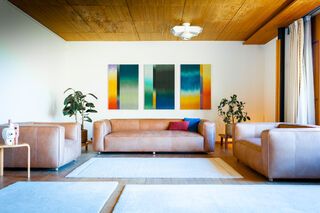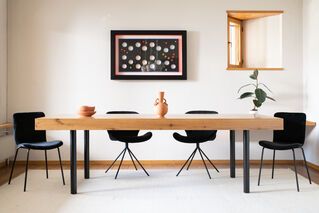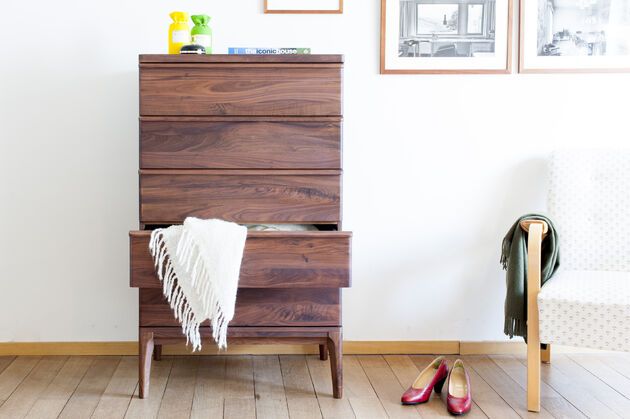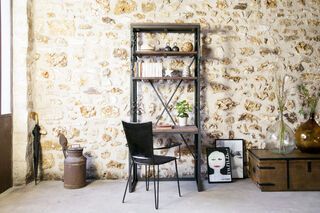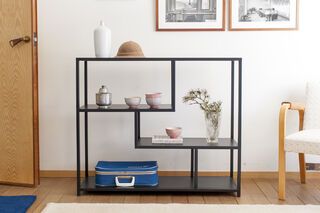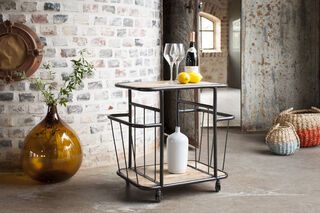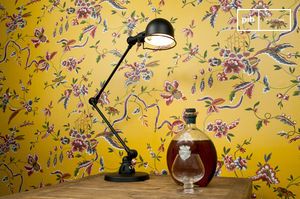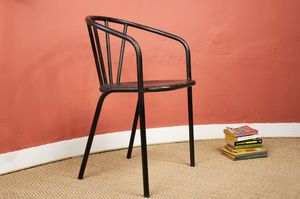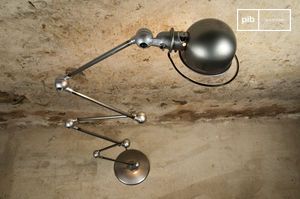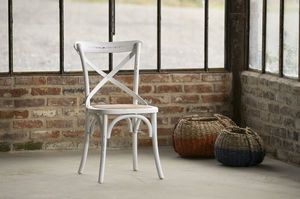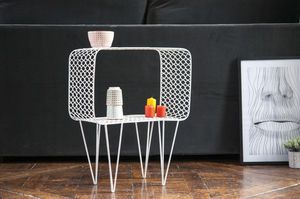assistant
Leather Collections
Rooms
The category brings together the main spaces that structure an interior: living room, bedroom, kitchen, entrance. Each room has its own logic, uses, and constraints. Thinking about design by zone allows for a precise approach to space, based on the functions it fulfills daily. This method offers a clear reading of the home, focused on what matters. Rather than following fixed styles, it favors coherence between place, need, and lifestyle. A direct way to design the organization of a home from its foundations.
read more >Approaching the home through its rooms offers a functional and precise reading of living spaces. Each area — whether it's the living room, bedroom, or kitchen — responds to specific needs, shaped by usage, daily rhythm, light, and flow. Structuring an interior room by room means grounding each decision in reality: how is this space used? What constraints does it present? What transitions must it ensure with other areas?
The living room, often the heart of shared life, requires balance between openness and grounding. It calls for flexible layouts, with furniture that defines without enclosing. The bedroom, on the other hand, follows a logic of calm: muted materials, softened volumes, furniture focused on essentials. In the kitchen, the stakes are different: practicality, durability, and clear function. Every item must serve a purpose without interfering with others. The entrance defines the threshold, filters the interior, and sets the tone. The bathroom combines technical constraints with the pursuit of visual and tactile comfort.
By taking a room-based approach, one avoids overall design mistakes: decorative overload, material incoherence, loss of functional clarity. Function is prioritized, but not at the expense of visual quality or overall coherence. It’s not about compartmentalizing, but clarifying. Good design often stems from a clear hierarchy of spaces: where are the anchor points? the transitions? the breathing zones?
This logic also helps anticipate needs: built-in storage, clear surfaces, suitable seating, well-placed lighting. The focus shifts from individual objects to thoughtful configurations. Each room becomes a system, not just a container. One better understands how volumes communicate, how materials interact or retreat. This sober, precise view makes more room for real use — for everyday life, movement, and time.
In conclusion, approaching the interior room by room is not a limitation, but a method. It refocuses the design on what matters: the relationship between place and use. It clarifies decisions and supports spaces that are legible, lively, and lasting.
Best-Sellers
assistant
Leather Collections
